GalápagospenguinscanonlybefoundintheGalápagos Islands.
TheGalápagoshavethreekindsoflivingthings.Nativespeciesarefoundnaturallyhereandelsewhere.Theblue‑footedboobyisagoodexample.Introducedspeciesarenotfromhere.Peoplebroughtthemtotheislands.Thegoatisagoodexample.Endemicspeciesareonlyfound here.
Theislandsareisolated.So,manyplantsandanimalsareendemic.Strangethingslivehereandonlyhere.Lizardsthatswim.Gianttortoises.Meat‑eatingcentipedes.Blood‑suckingbirds.Walking fish.
GalápagospenguinsaretheonlypenguinsfoundnorthoftheEquator.Thecoolwaterscarriedthem here.
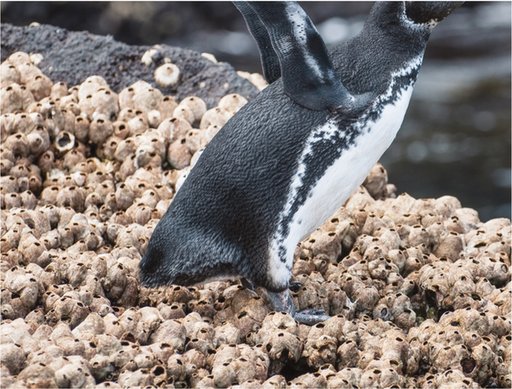
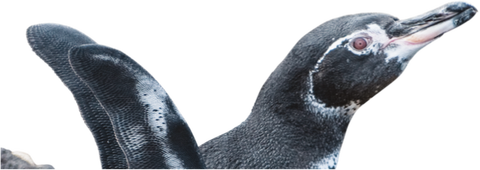
leaningintocool down
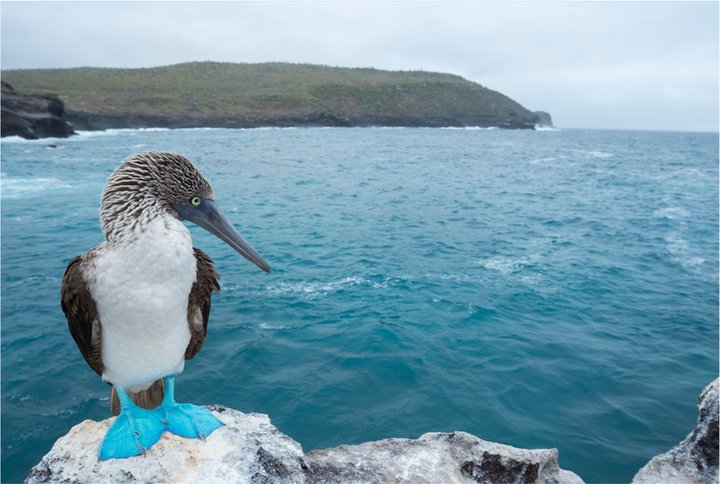
Theblue‑footedboobycanbefoundinthePacific,fromCaliforniatoPeruandontheGalápagos Islands.
Galápagospenguinsdiveinthecold‑watercurrentstosearchforfood.Tomanagehottemperaturesonland,thepenguinsleanforward.Thisshadestheirfeetfromthesun.Theystretchtheirflippersout.Thisreleasesbodyheatundertheir flippers.
HiddeninPlain Sight
TheGalápagoshold newformsoflife,likethehybridiguana.Itisfound ononly oneisland.Ahybridoccurswhenamalemarineiguanamateswithafemaleland iguana.
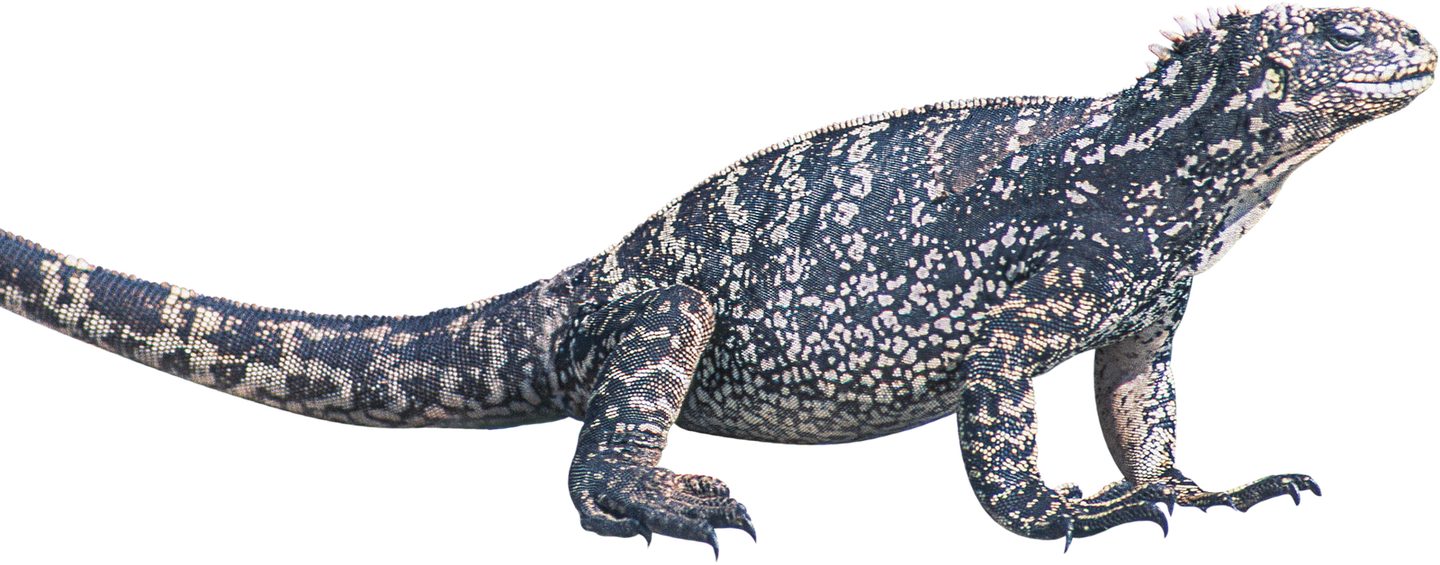
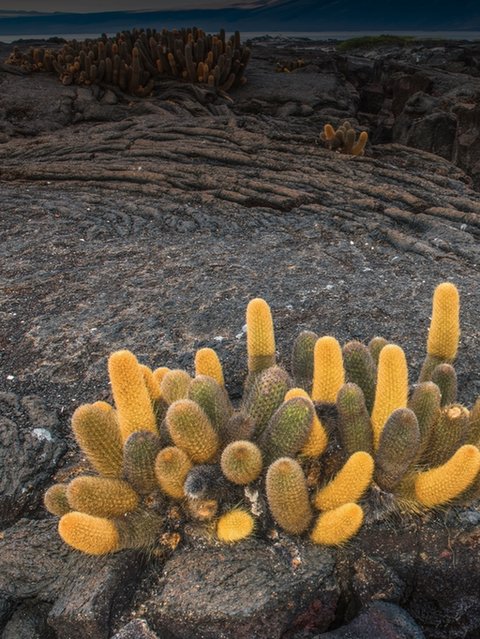
LikingLava
Thelavacactusisoneofthefirstspeciestogrowonnewlavaflows.Itisonlyonsix islands.

PuckerUp
ThisGalápagosred‑lippedbatfishisodd.Itcanswim,butitusesitsfinstowalk,instead.Andwhat’swiththoseredlips?Who knows?
